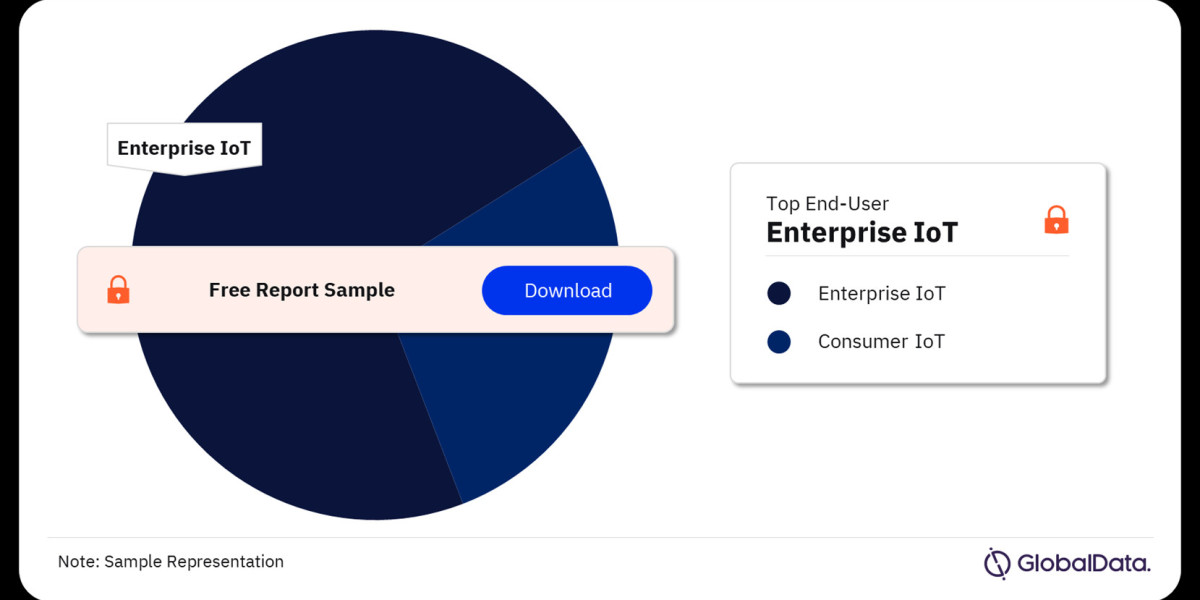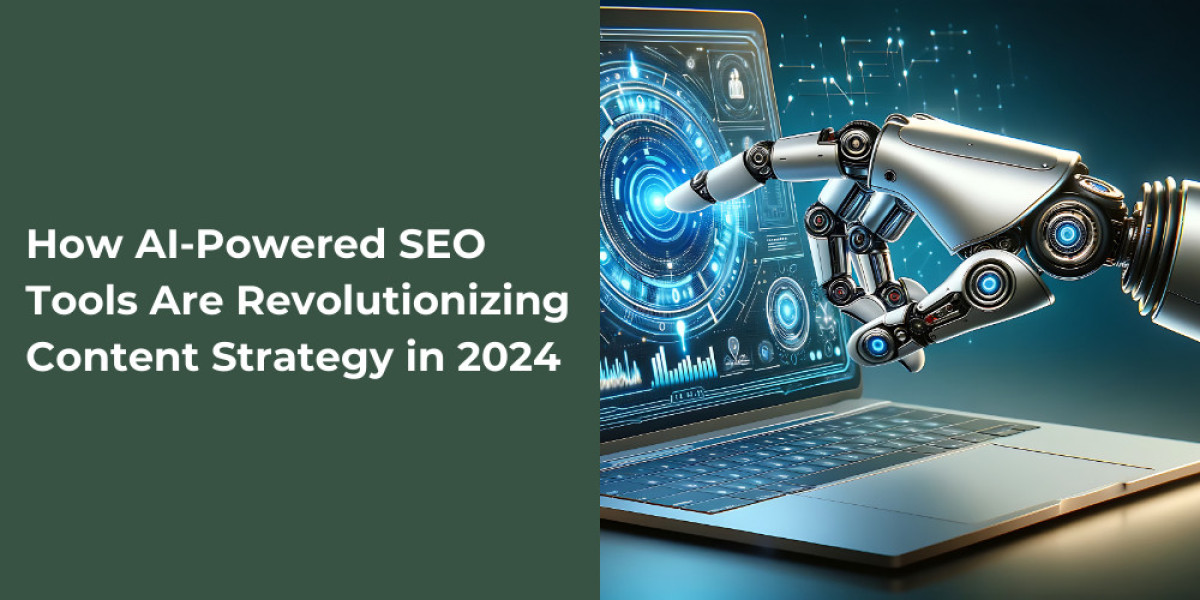This interconnected network of devices is revolutionizing industries, from healthcare and manufacturing to smart cities and consumer electronics. This article explores the key trends, challenges, and opportunities shaping the IoT market.
Understanding the IoT
The IoT refers to the interconnected network of physical devices, vehicles, home appliances, and other objects embedded with sensors, software, and network connectivity. These devices can collect and exchange data, enabling real-time monitoring, control, and automation.
Key Drivers of the IoT Market
- Increased Connectivity: The widespread availability of affordable internet connectivity, including mobile broadband and Wi-Fi, has fueled the growth of IoT devices.
- Advancements in Technology: Advances in sensors, microprocessors, and wireless communication technologies have made IoT devices more affordable, reliable, and versatile.
- Data-Driven Insights: IoT devices generate vast amounts of data that can be analyzed to gain valuable insights and optimize operations.
- Industrial Automation: IoT is transforming industries by enabling automation, efficiency, and predictive maintenance.
- Consumer Adoption: The growing popularity of smart home devices, wearable technology, and connected cars is driving consumer adoption of IoT.
Key Applications of IoT
- Smart Homes: IoT-enabled devices can control lighting, temperature, security systems, and appliances remotely.
- Smart Cities: IoT sensors can monitor traffic, air quality, and energy consumption to optimize urban services.
- Healthcare: IoT devices can track patient health, monitor vital signs, and enable remote patient monitoring.
- Manufacturing: IoT can improve manufacturing efficiency, reduce downtime, and optimize supply chains.
- Transportation: IoT is being used to improve traffic management, fleet management, and vehicle safety.
Challenges and Opportunities in the IoT Market
- Security: Protecting IoT devices and data from cyber threats is a major challenge.
- Interoperability: Ensuring compatibility and interoperability between different IoT devices and platforms.
- Data Privacy and Ethics: Addressing concerns related to data privacy, data ownership, and ethical implications of IoT.
- Scalability: Scaling IoT deployments to accommodate large-scale networks and data volumes.
- Regulatory Framework: Developing clear and consistent regulations to govern IoT devices and data.
Future Trends in the IoT Market
- 5G Connectivity: The rollout of 5G networks will enable faster data transfer speeds and support more IoT devices.
- Edge Computing: Processing data closer to the source (at the edge of the network) can reduce latency and improve real-time decision-making.
- Artificial Intelligence (AI) and Machine Learning: AI and machine learning algorithms can be used to analyze IoT data and extract valuable insights.
- Internet of Medical Things (IoMT): IoT devices are being integrated into healthcare to improve patient care and outcomes.
- Industrial Internet of Things (IIoT): IoT applications in manufacturing and industrial processes are driving efficiency and productivity.
Conclusion
The Internet of Things is a rapidly evolving technology with immense potential to transform industries and improve our daily lives. By addressing the challenges and capitalizing on the opportunities, organizations can harness the power of IoT to drive innovation, enhance efficiency, and create new business models.
Buy the Full Report for Additional Insights on the Market Size Projections, Download a Free Sample



